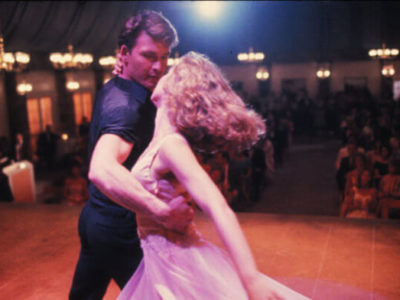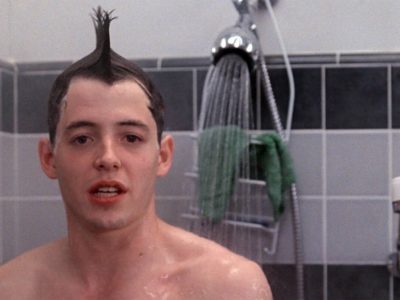There’s only one major so strenuous it involves a never-ending amount of sweat, blisters and bruises: dance. It’s focused on beautiful artistic expression. There’s no weakest link in the dance major, only an incredible amount of talent, hard work and teambuilding. In fact, it’s a rare, courageous breed of individuals that take on a dance major. While others stay up all night studying for a finance exam, you’re burning the midnight oil rehearsing a routine over and over and over again.
What You’ll Be Doing
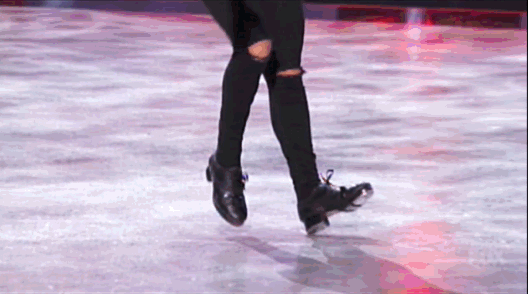
Dance majors are required to take a wide array of classes, including various styles – from tap to folk dancing. Being a dance major, you wear the historian and scientist hats as well. You’ll be tapping your toes into classes like dance history and the science behind movement. This major is sure to challenge you mentally and physically. Get ready for a schedule equivalent to a spicy tango, an intricate ballet and ballroom waltz at the same time.
Upsides
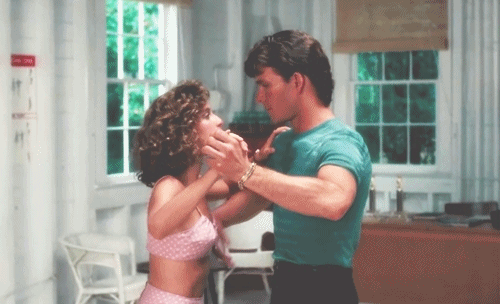
1. “Studying dance challenges you to be more creative and to learn and adapt to different situations that you will be faced with outside of college. For instance, improvisation and choreography were not things I was fond of doing, but being forced to in college helped me be confident in having to do it regardless of how I feel on the inside about it.” – Clare Davidson, Butler University 2010, Physical Therapy Clinic Technician
2. “I loved how much fun we had while being some of the hardest workers that I’ve met. All of my friends were double and triple majoring. I learned so much about areas outside of my field. At the same time, I just remember laughing and chatting while sweating my brains out. Majoring in dance was engaging and social, required thinking outside the box and required mental, physical and spiritual energy to all be present and active.” – Natalie Teichmann, UW-Madison 2006, ANAHATA Dance Artistic and Executive Director and BRABO Production Stage Manager
3. “I loved studying dance because I got to explore the art I fell in love with growing up taking classes at a studio. It was nice to have my dance classes be a part of my class load and have my evenings open to work on original pieces and attend rehearsals.” – Danielle Schmind, University of Wisconsin-Stevens Point 2009, Walt Disney World Parade and Show Performer
Downsides
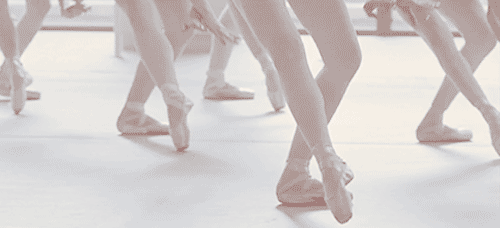
1. “My least favorite part of studying dance was the six-days-a-week training. Most college students get the whole weekend to relax and do whatever they want. But when you are preparing for shows, you take advantage of a full day of rehearsal without other academic classes in the way. So a lot of times, we were in the dance studio on Saturdays from 8:30-5 p.m.” – Clare Davidson, Butler University 2010, Physical Therapy Clinic Technician
“I had to teach myself so much on my own in order to succeed after graduation. I acquired a lot of other certifications and did a lot of research and still feel like I am lacking necessary information in order to be successful in life, not just in this field. Majoring in business, communications, marketing or something like that could have really added to my ability to create a successful company.” – Natalie Teichmann, UW-Madison 2006, ANAHATA Dance Artistic and Executive Director and BRABO Production Stage Manager
“Studying dance did have a very strict time schedule. With a small department, the class you need to take is only offered once a day, so you can’t manipulate your schedule to accommodate other offerings. A lot of my classmates wanted to double major and study education as well, but the class schedules wouldn’t allow that. You had to be very certain of what you wanted your primary study to be.” – Danielle Schmind, University of Wisconsin-Stevens Point 2009, Walt Disney World Parade and Show Performer
Career Opportunities
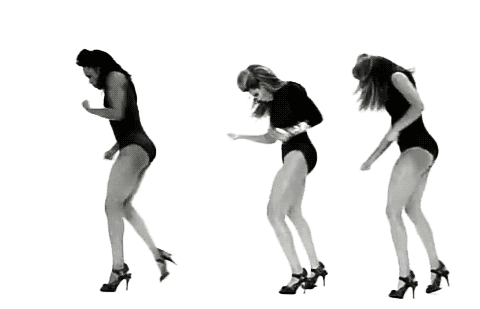
1. Performer
You can spend your life doing the very thing you love: dancing. Dance your way through Broadway on a cruise ship or at Disney World. But even dancing at the “happiest place on earth” is strenuous. Be prepared to perform in multiple shows a day and to rehearse at weird hours of the night. While your friends are practicing the “dougie” at a party, you’re practicing pirouettes for a show that could move an entire audience.
2. Choreographer
Somebody choreographed Beyoncé’s signature “Single Ladies” shuffle and that fierce choreographer could be you. From designing music video routines to opera house performances, choreographers are in charge of the aesthetics and fitting each one of the dancer’s movements into a beautiful work of art.
3. Instructor
With a dance major, you’re surely not restricted to teaching girls in tutus how to plié. Many dance majors continue to hone their fitness skills by teaching classes like yoga and Pilates. Dancers and yogis move their bodies in very similar ways, so you could find your hidden talent. Another bonus? Activities like yoga can help prevent injuries while dancing.
4. Arts Administration
Use your passion for dance to manage dance-related businesses, such as theaters, ballet companies or opera houses. With a career in arts administration, you’ll work with the marketing, staff management, finance or public relations sectors of these businesses. After graduation, trade in your ballet shoes for professional heels. Forget the curtseys. Strut into that world of business and show them that you’re equipped with more than just your jazz hands. You’re dynamic, flexible and creative – empowered with a flawless sense of rhythm to support any business.
5. Dance and Movement Therapy
As a dance therapist, you help clients of all ages improve their physical and emotional well being through dance and movement. The concept of dance therapy is based off the principle that the body and mind are interrelated. You could work at a rehabilitation facility, nursing home, counseling center or a medical facility to encourage dance and movement as a means for people to live happier and healthier lives.

